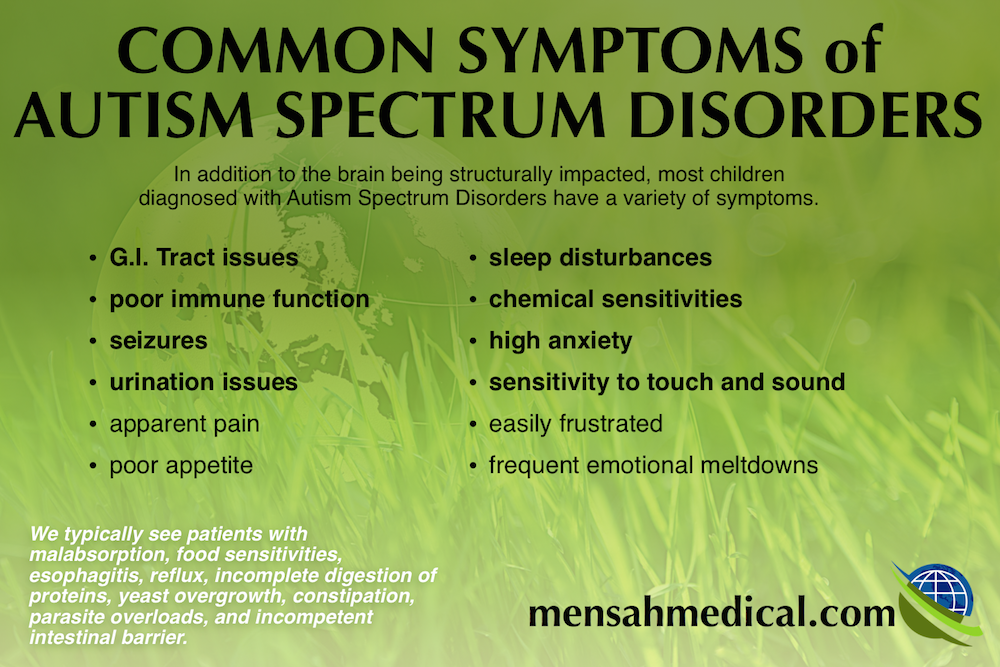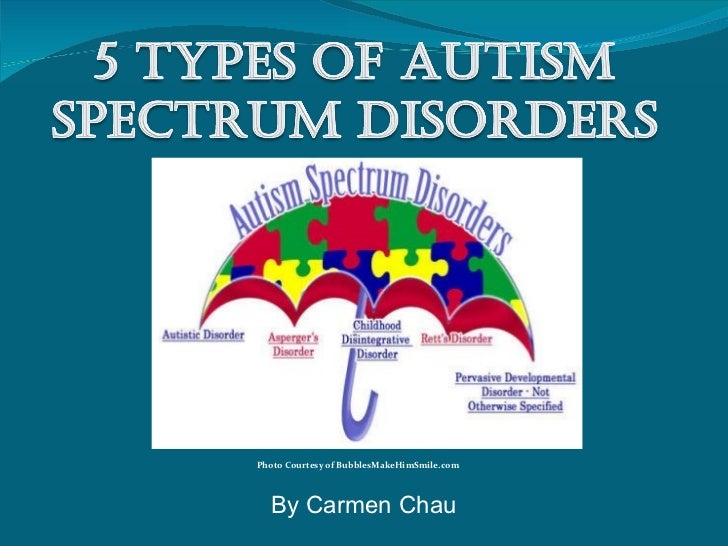
For example, autistic disorder was a term that was used when affected individuals had limited or absent verbal communication, often in combination with intellectual disability. Several diagnoses that used to be classified as separate conditions are now grouped together under the diagnosis of ASD. They might speak in a monotone voice, have unusual vocal mannerisms, or choose unusual topics of conversation. However, fluent speakers with ASD often have problems associated with verbal communication. Some people with ASD do not speak at all, while others use language fluently. Some have particular cognitive abilities that greatly surpass their overall level of functioning, often in areas such as music, mathematics, or memory. A majority of people with ASD have mild to moderate intellectual disability, while others have average to above-average intelligence. While social and communication difficulties and unusual behaviors define ASD, affected individuals can have a wide range of intellectual abilities and language skills. They may also have difficulty tolerating sensory stimuli such as loud noises or bright lights. People with ASD tend to be rigid about their established routines and may strongly resist disruptions such as changes in schedule. Affected individuals often dwell on or repeatedly express particular thoughts this behavior is called perseveration. Repetitive behaviors in ASD can include simple actions such as rocking, hand-flapping, or repetition of words or noises (echolalia).

However, the condition is usually diagnosed between ages 2 and 4, when more advanced communication and social skills, such as learning to play with others, typically begin to develop. Behavioral signs of ASD, such as reduced eye contact and social interaction, can sometimes be detected before age 2. Inability to recognize and use these cues makes it hard for affected individuals to understand the feelings of others or communicate their own feelings appropriately. Affected individuals have difficulty understanding and using non-verbal social cues such as eye contact, facial expressions, gestures, and body language.

People with ASD also have an increased risk of psychiatric problems such as anxiety, depression, obsessive-compulsive disorder, and eating disorders.įrom as early as 1 to 2 years of age, people with ASD have an impaired ability to interact with other people they are often more comfortable dealing with objects.

These difficulties can interfere with affected individuals' ability to function in social, academic, and employment settings. Autism spectrum disorder (ASD) is a condition that appears very early in childhood development, varies in severity, and is characterized by impaired social skills, communication problems, and repetitive behaviors.


 0 kommentar(er)
0 kommentar(er)
